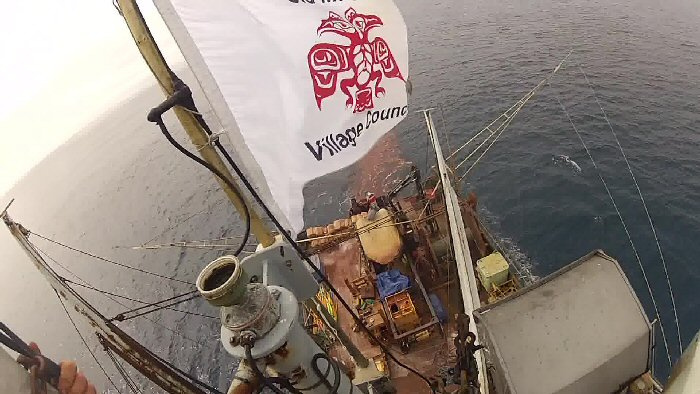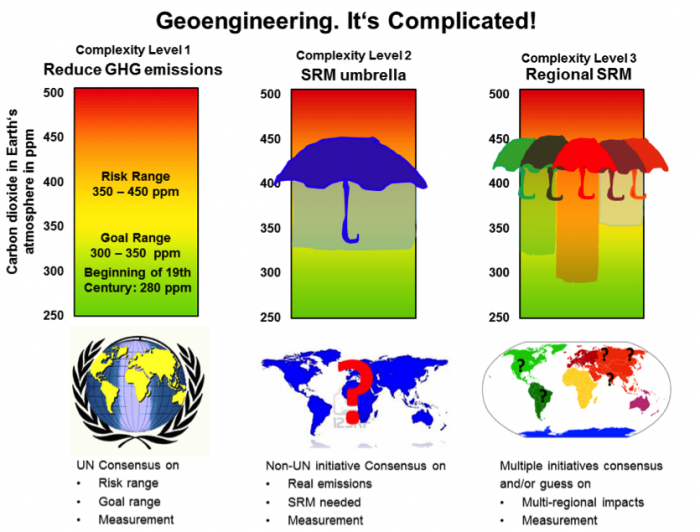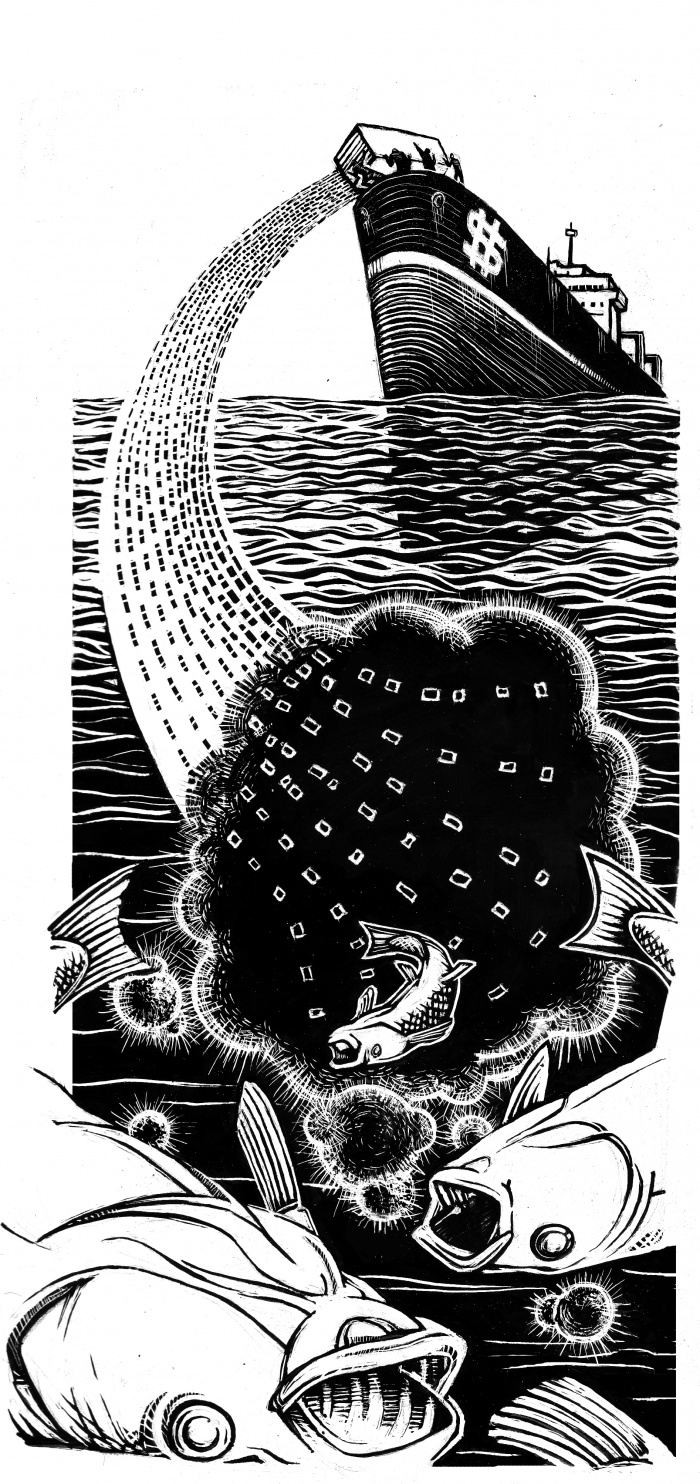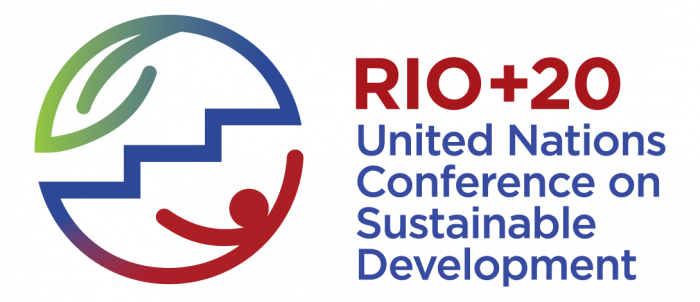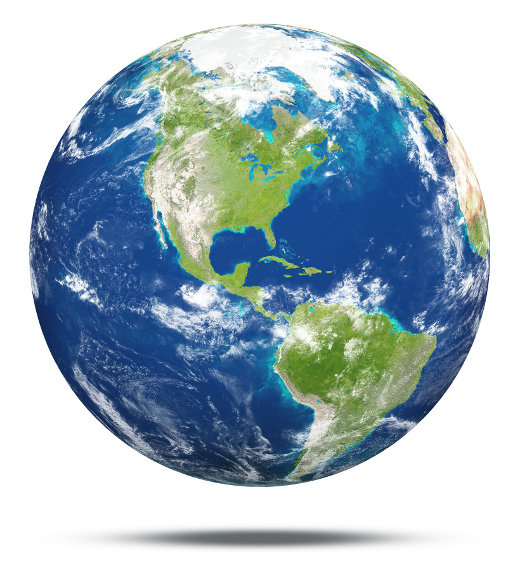Informational Backgrounder on the 2012 Haida Gwaii Iron Dump
Submitted by ETC Group on
Almost six years ago ETC Group blew the whistle on a commercial geoengineering outfit called Planktos, Inc., which was making its way to dump 100 tons of iron nanoparticles into the waters of the Galapagos Islands . Working with allies ETC Group was able to prevent that ocean fertilisation dump. In 2012 however we were less lucky. The same geoengineering entrepeuner, Russ George, suceeded in dumping over 100 tonnes of iron into the Pacific ocean west of Haida Gwaii in Canada, claiming that his actions had prompted a 10,000 square km plankton bloom. This time his new company, The Haida Salmon Restoration Corporation (HSRC), was using millions of dollars in funds from a small indigenous community. Read here the full story of how ETC Group uncovered HSRC's rogue geoengineering scheme and the storm of international concern that ensued.

